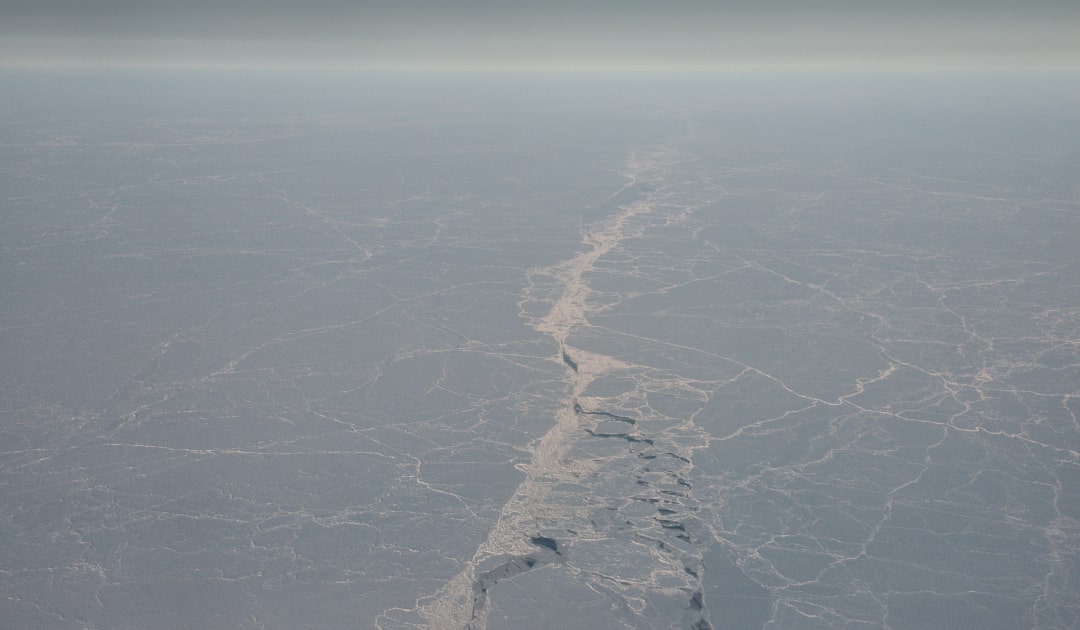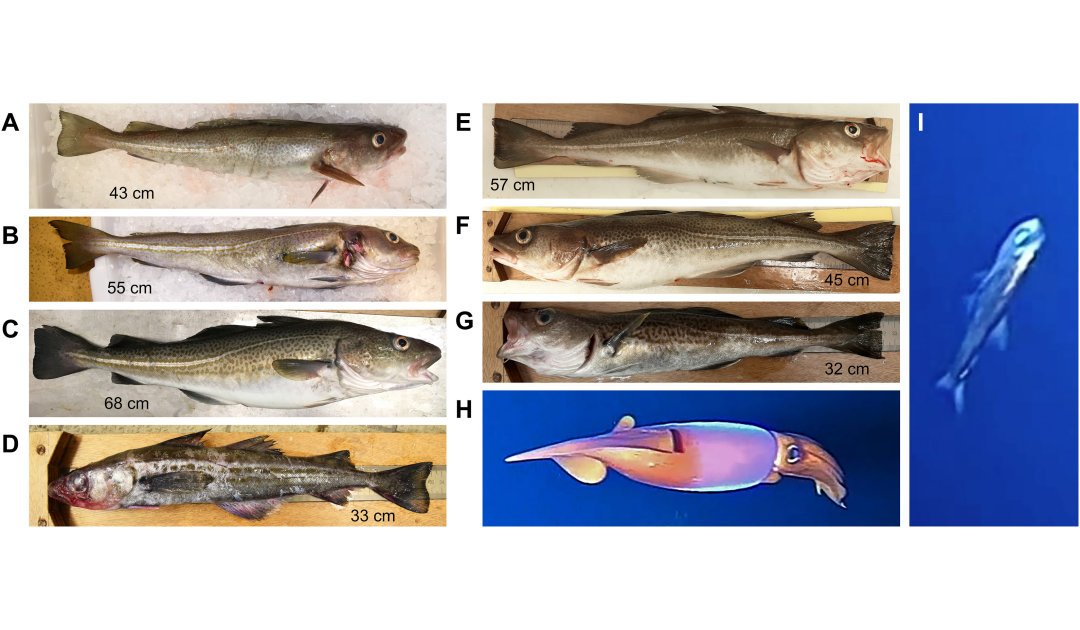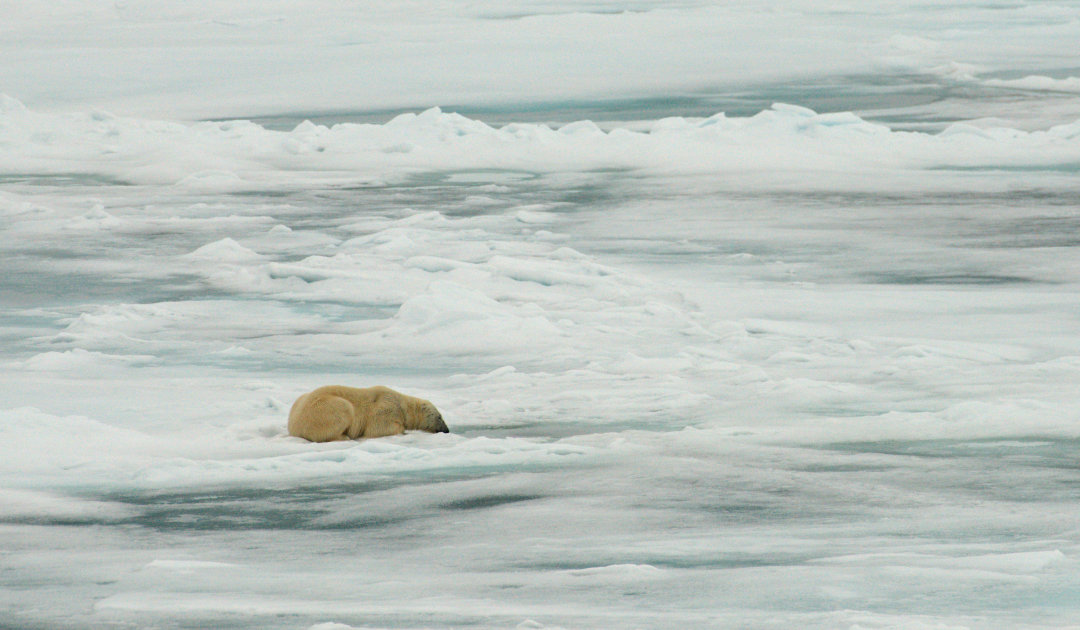
The MOSAiC expedition, which spent over a year in the Arctic Ocean, was a bit like the starship Enterprise: set out to expand our knowledge of unknown regions. And on Earth, few things are more unknown than the central Arctic Ocean (CAO) region. It was long believed that only a few organisms were found in the icy dark depths of the CAO. But part of the expedition studied the fish and other animals in the region and made amazing discoveries.
Beneath the Arctic Ocean pack ice, not far from the geographic North Pole, the MOSAiC expedition research group studying the habitat and animals beneath the pack ice discovered a rich zooplankton community of crustaceans, jellyfish and comb jellyfish at depths of 100 to 600 meters. According to the results of the work, the zone with the plankton extends over the entire distance studied, no less than 3,170 kilometers. These findings, made by the EFICA (European Fisheries Inventory of the Central Arctic) consortium led by Professor Pauline Snoeijs-Leijonmalm of Stockholm University, are a big surprise per se.


The researchers were all the more astonished when they discovered squid swimming repeatedly into the spotlight of the underwater camera on video recordings (see below). But the research team hit the jackpot when they hooked an Atlantic cod while reeling in longlines that they set under the ice to catch fish. Further video recordings proved the presence of single additional individuals. This fish species, as well as a species of squid (Gonatus fabricii) that was observed, actually do not belong to the Arctic Ocean, but to the North Atlantic. Further research showed that the fish reside in the deep-sea layer flowing from the North Atlantic into the central Arctic Ocean, for several years. “Even if Atlantic cod does not have its own central Arctic stock, this study shows that it can survive,” explains Snoeijs-Leijonmalm. According to the consortium, the amount of food in this area of the ocean is large enough to support individual animals.

The surprising findings could explain yet another phenomenon: the presence of seals and polar bears just a few hundred kilometers from the North Pole, in the middle of the Arctic Ocean. Until now, it was assumed that the two marine mammals would lack a food base in the area and rarely spend time there. But observations of polar bears, lying in wait at breathing holes from seals, may provide a clue that the seals are there to hunt for coveted predators such as Atlantic cod, polar cod and luminous sardines. Although the reports are not frequent, as Dr Hauke Flores, of AWI, who was involved in the study, explains. But they can’t be ignored either.
The discovery of this rich layer in the central Arctic Ocean has not only biological relevance, but also political. Because, according to the EFICA consortium, the study results show that the region’s food web has indeed acquired a new layer. But this is not productive enough to sustain economically viable fish stocks. Even climate change will not directly change this fact, the authors of the study, which appeared in the journal Science Advances, believe. “Even if more Atlantic fish and their prey were introduced with the influx of water from the Atlantic, the capacity of the Central Arctic ecosystem to support larger fish stocks is undoubtedly very limited,” explains Snoeijs-Leijonmalm, who was the paper’s lead author. This would be a first scientific step to appropriately consolidate the Agreement to Prevent Unregulated High-Sea Fishing in the Central Arctic Ocean, which has been in force since June 25, 2021. Further projects to collect data from this area of the Arctic on fish stocks there are currently being launched by the partners to the agreement and also by the EU. The agreement gives about 16 years to learn more about the seemingly endless depths of the Arctic Ocean and its inhabitants.
Contributed image: Screenshot Youtube Video SciTech Daily
Dr Michael Wenger, PolarJournal
Link to the study: Snoeijs-Leijonmalm et al. (2022) Sci Adv 8 (7) Unexpected fish and squid in the central Arctic deep scattering layer
More on the subject:





